WEEK7 GLASGOW FIELD TRIP: WHY CONTEMPORARY?
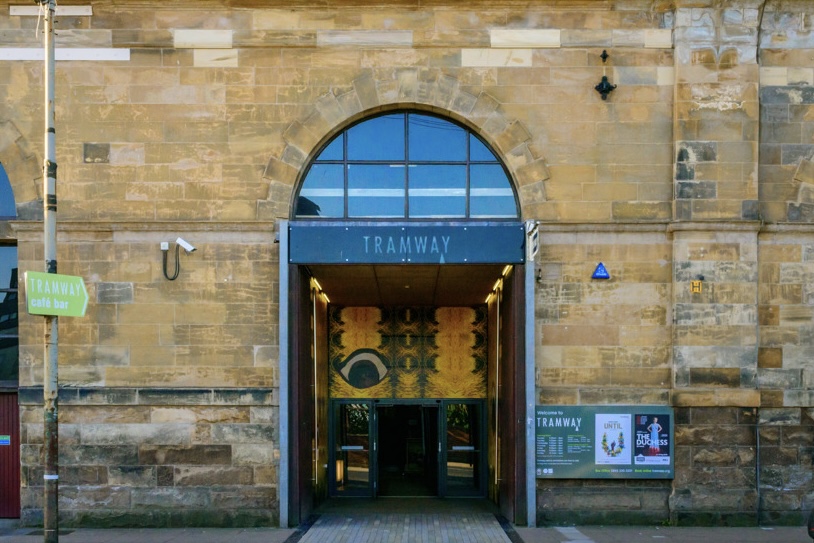
Glasgow’s Hunterian Art Gallery, Hunterian Museum, and Tramway represent distinct curatorial approaches—traditional museum, academic gallery, and experimental art space—each shaping how exhibitions are experienced. While the Hunterian Art Gallery follows a structured, linear art-historical narrative, and the Hunterian Museum prioritizes classification and knowledge preservation, Tramway embraces an open, immersive format that redefines audience engagement.
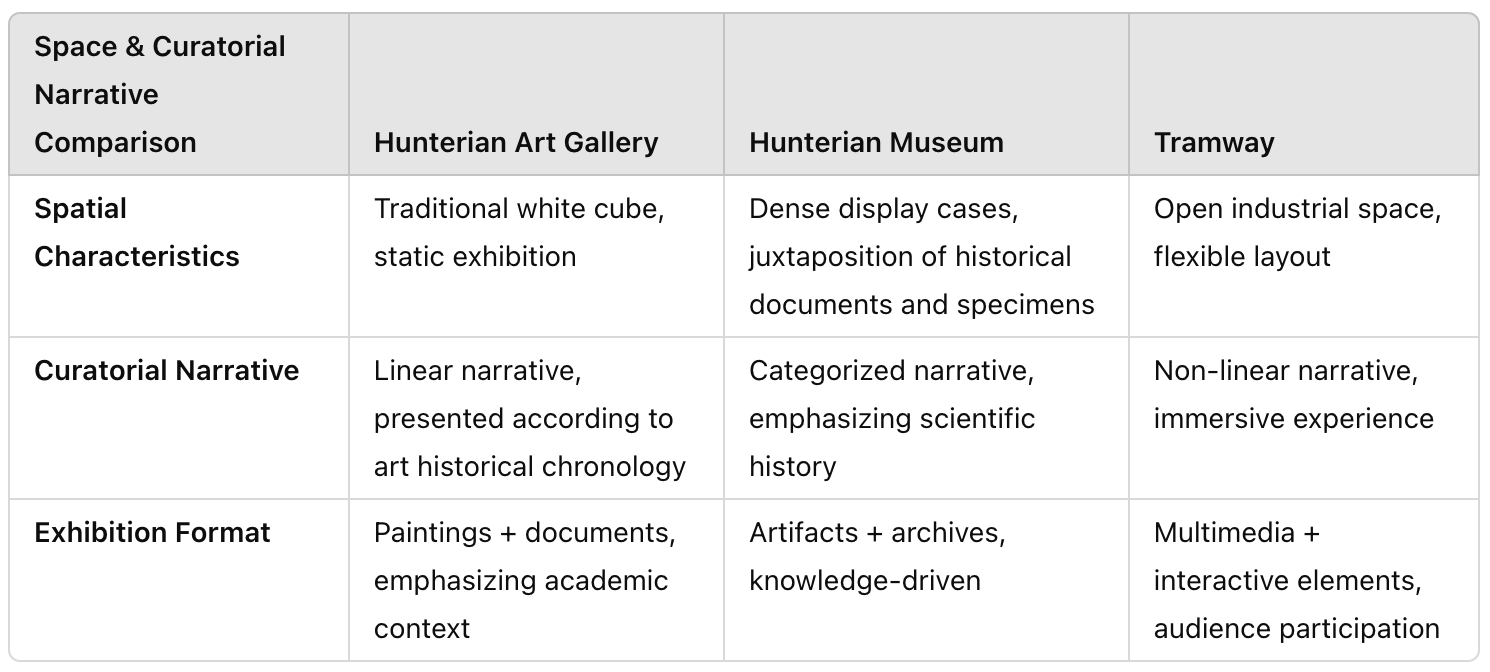
Comparison table of three different spaces at Hunterian Art Gallery, Hunterian Museum, and Tramway.
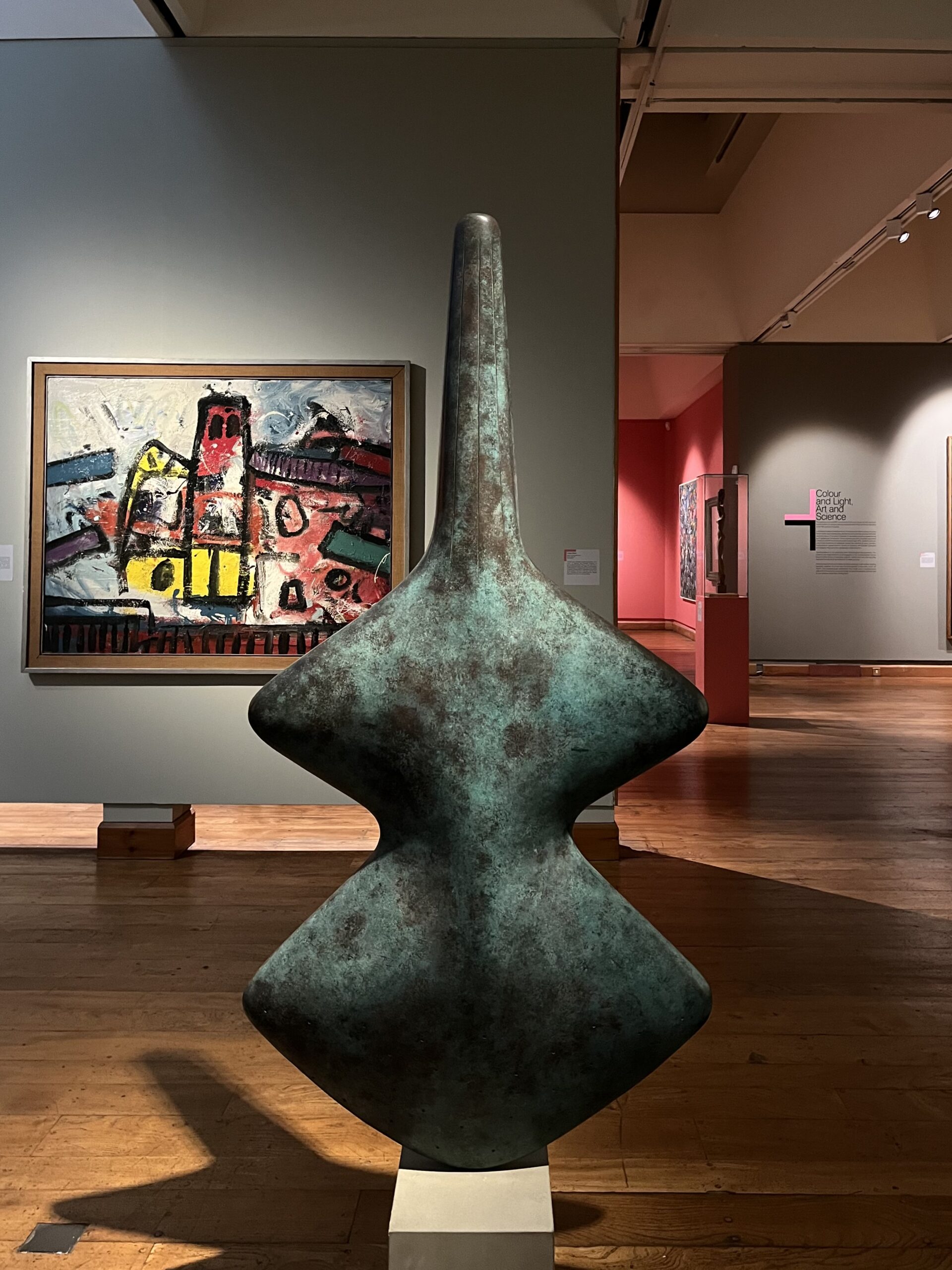
Hunterian Art Gallery.
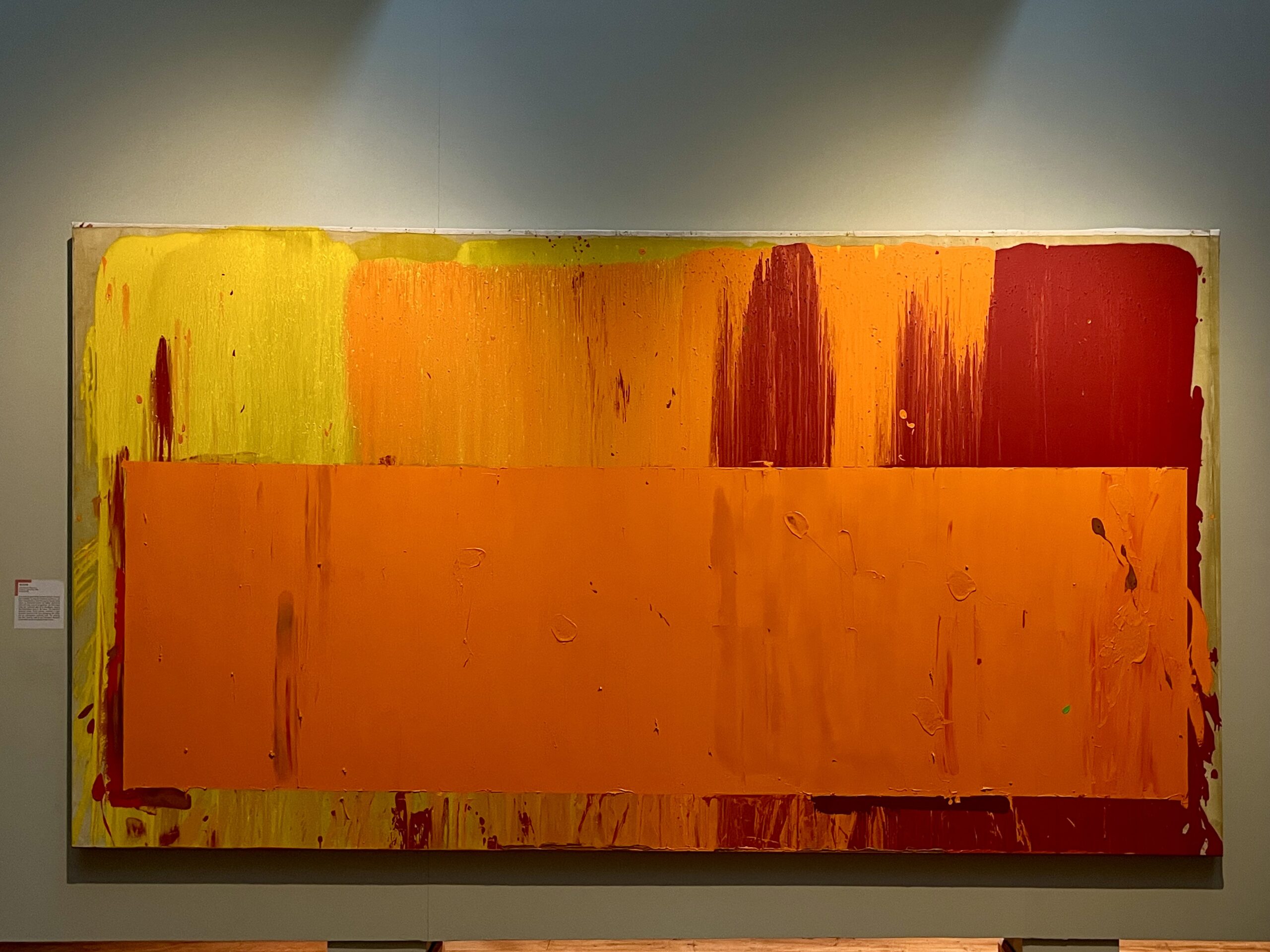
John Hoyland (1934-2011)
Acrylic on cotton duck, 1969.
Hunterian Art Gallery.
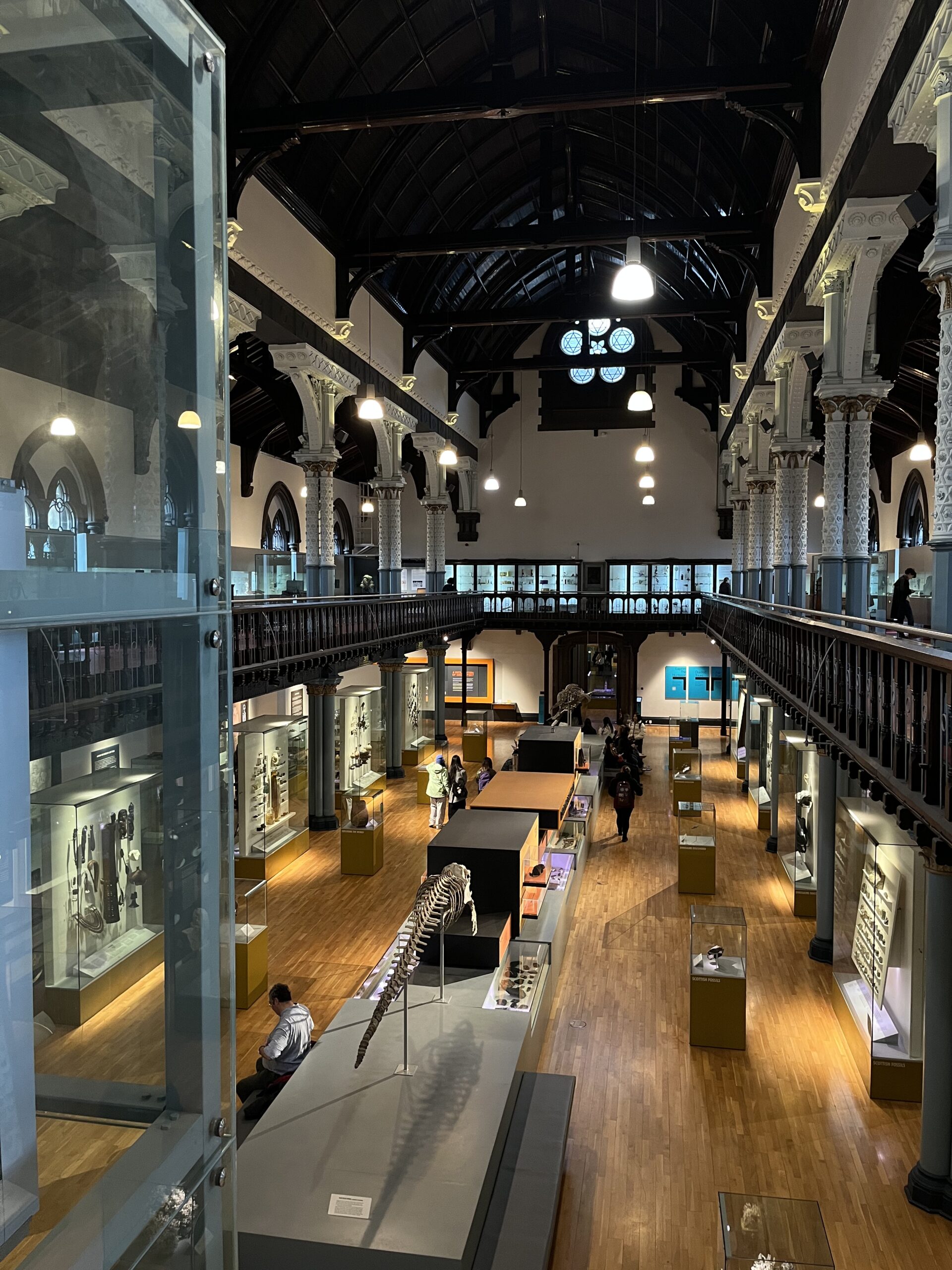
Hunterian Museum.
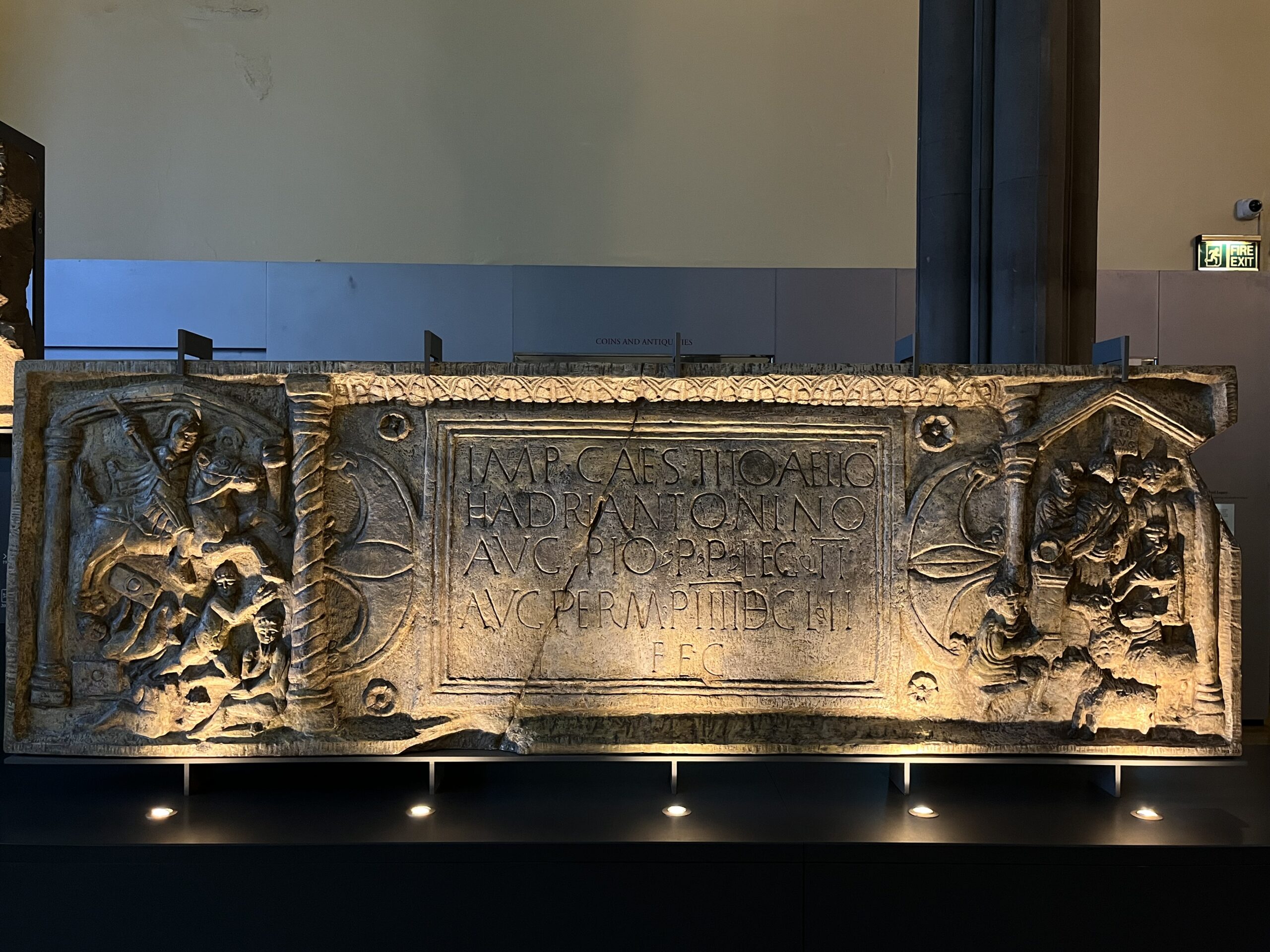
Buildings and Construction, Hunterian Museum.
Tramway: A Model for Contemporary Curation
As a contemporary art space housed in a former tram depot, Tramway offers curators a dynamic, adaptable venue that supports large-scale installations, multimedia exhibitions, and live performances. Unlike static museum displays, its flexible layout allows exhibitions to unfold non-linearly, creating a multi-sensory, participatory experience. Recent shows, such as You Are My Kindred Spirit, exemplify how sound, projection, and archival materials can transform an exhibition into an emotional and physical journey rather than a passive viewing experience.
This contrast highlights a key shift in curatorial thinking: museums preserve history, galleries classify and research, while contemporary art spaces foster exploration and dialogue. For curators working in contemporary contexts, this demands a reconsideration of work selection, spatial design, and narrative structure.
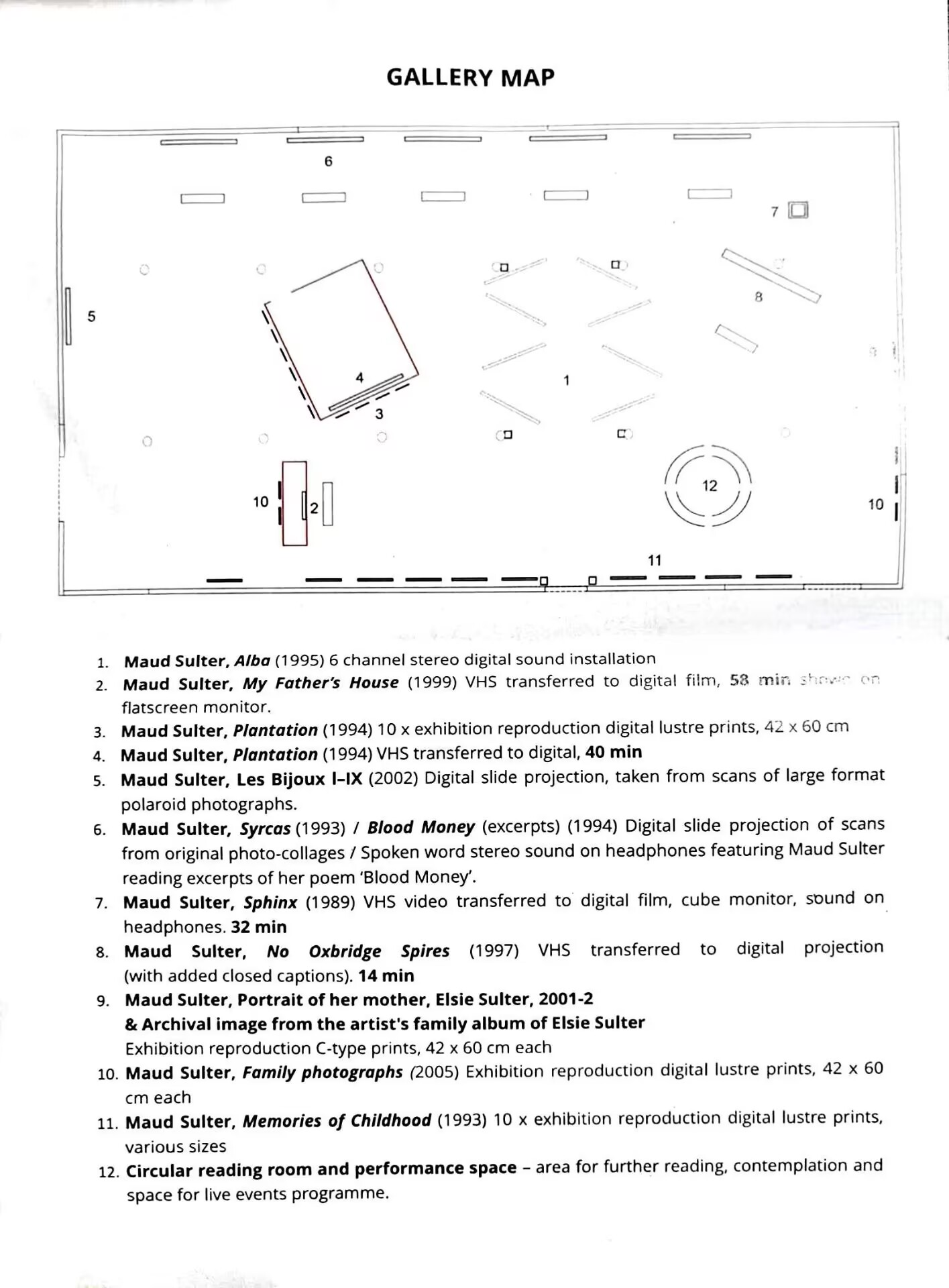
Gallery map. Tramway.
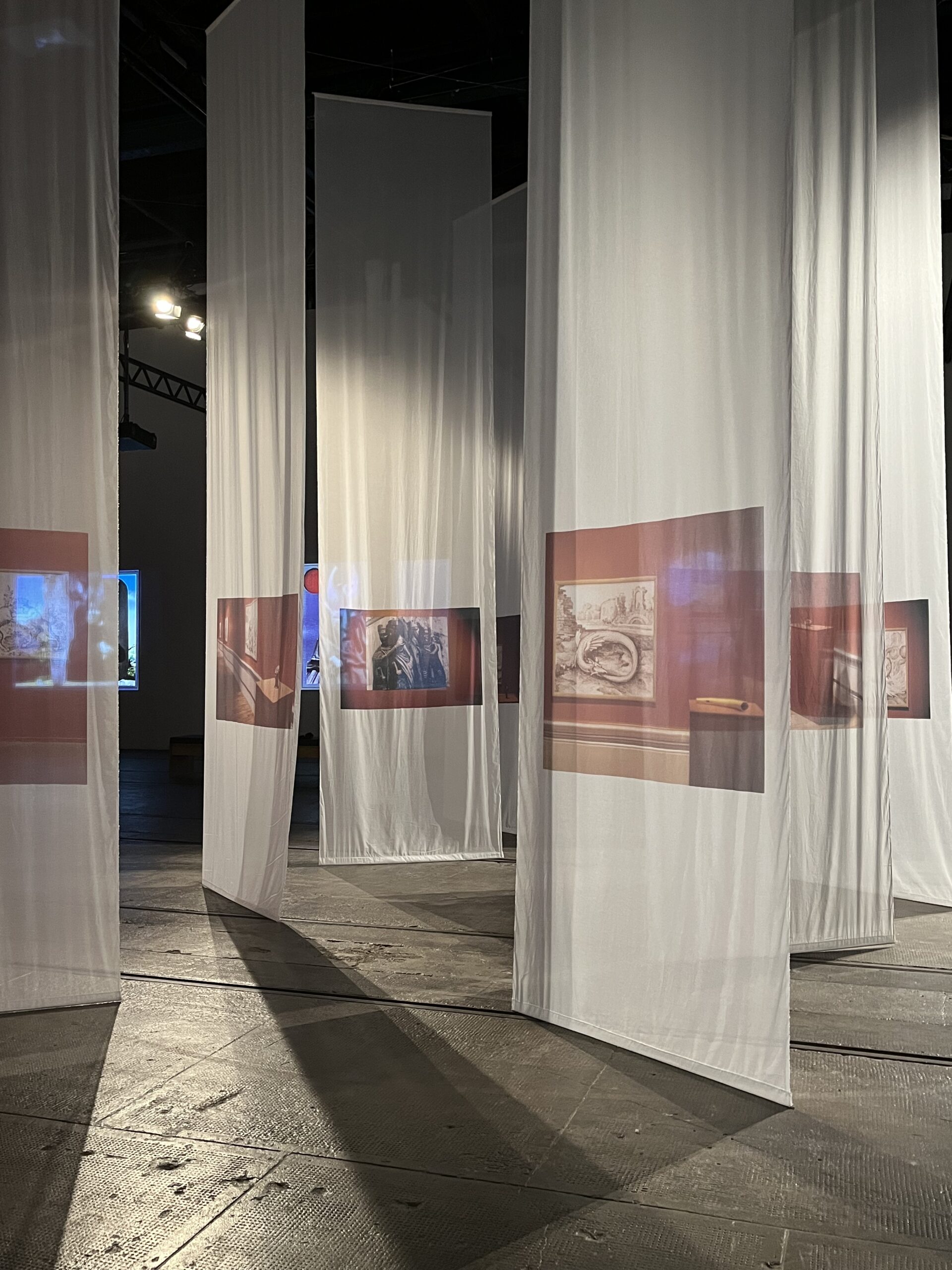
Maud Sulter, Alba (1995) 6 channel stereo digital sound installation. Tramway.
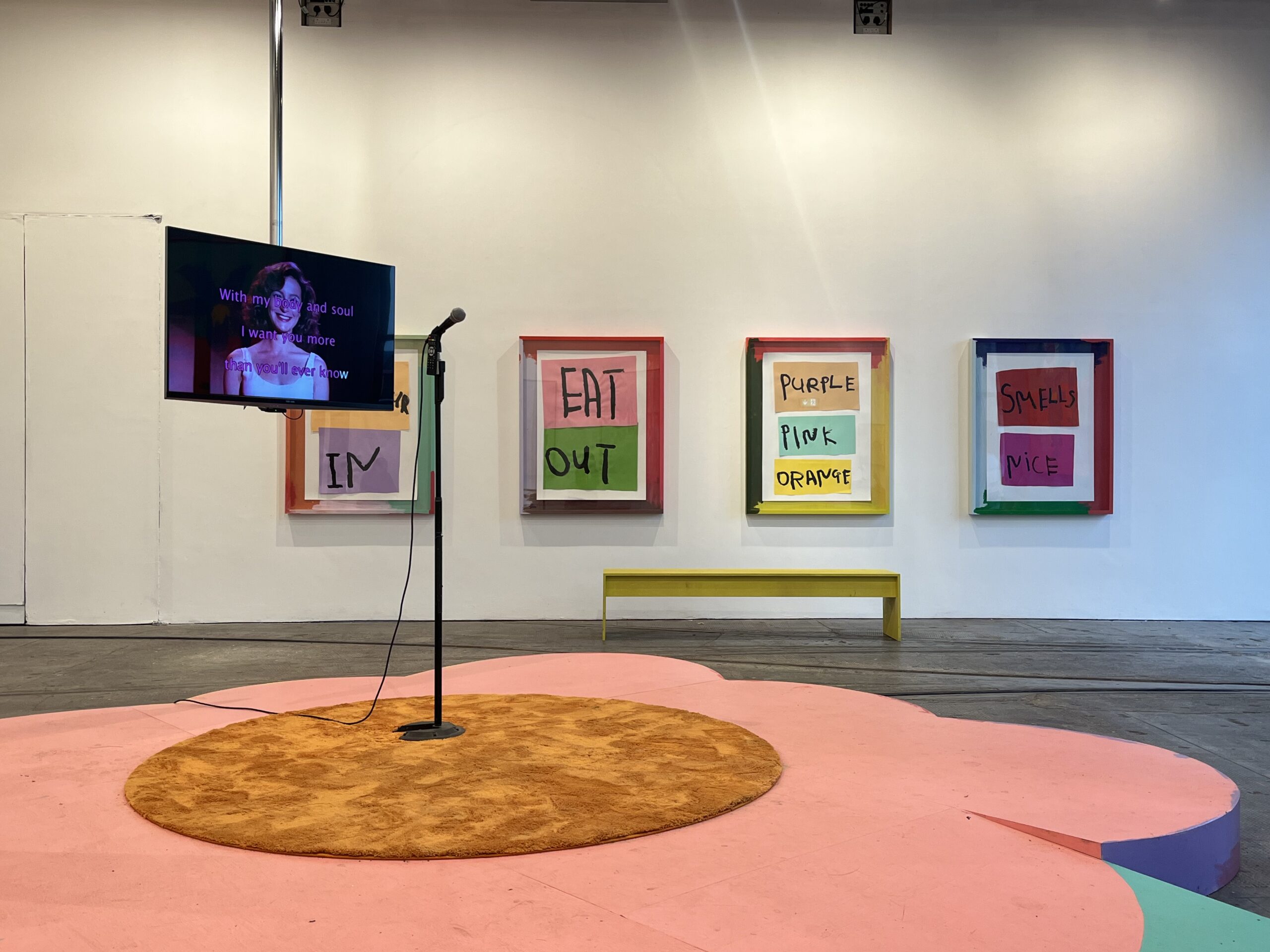
Leanne Ross, dirty dancing flowers. Tramway.
Curating for the Present: Moving Beyond Tradition
Reflecting on past projects, I realize my earlier work leaned heavily on art-historical narratives, sometimes missing the urgency and relevance of contemporary concerns. Future curatorial decisions should prioritize:
-
Art in dialogue with the present.
-
Diverse media, including video, installation, sound, and data visualization, to push beyond traditional painting and sculpture.
-
Active audience participation, ensuring exhibitions are interactive, experiential spaces, rather than passive displays.
From Static Display to Immersive Spaces
The spatial design of an exhibition is as crucial as the artworks themselves. Traditional galleries emphasize fixed layouts and historical progression, whereas contemporary spaces like Tramway encourage open-ended exploration. Key strategies for curatorial innovation include:
-
Breaking linear pathways—allowing audiences to navigate freely rather than follow a strict timeline.
-
Enhancing immersion—using light, sound, and interactive installations to transform spectators into participants.
-
Designing adaptable spaces—incorporating movable structures, live performances, and responsive technology to create evolving experiences.
Curatorial Narratives: From Authority to Dialogue
Curatorship is no longer about simply presenting works—it’s about constructing a space for dialogue. Instead of authoritative, linear storytelling, contemporary exhibitions should:
-
Encourage multiple interpretations, allowing works to shift meaning in different social contexts.
-
Foster audience participation, treating visitors as contributors rather than passive viewers.
-
Leverage digital interaction, expanding engagement beyond physical space through online platforms and social media.
References
Hunterian Art Gallery. Accessed March 8, 2025. https://www.gla.ac.uk/hunterian/visit/our-venues/art-gallery/.
The Hunterian. Accessed March 8, 2025. https://www.gla.ac.uk/hunterian/.
Tramway. Accessed March 8, 2025. https://www.visitglasgow.org.uk/find-a-venue-or-service/tramway/.
(https://www.visitglasgow.org.uk/find-a-venue-or-service/tramway/)
(https://www.visitglasgow.org.uk/find-a-venue-or-service/tramway/)
WEEK7 GLASGOW FIELD TRIP: WHY CONTEMPORARY? / Tianyi Chen / Curating (2024-2025)[SEM2] by is licensed under a
WEEK7 GLASGOW FIELD TRIP: WHY CONTEMPORARY? / Tianyi Chen / Curating (2024-2025)[SEM2] by is licensed under a



